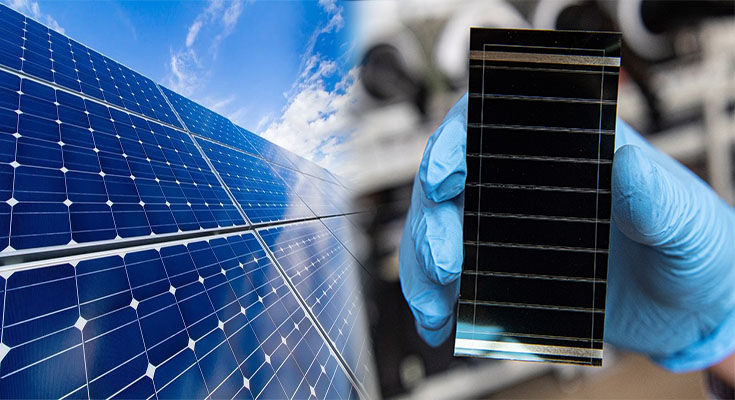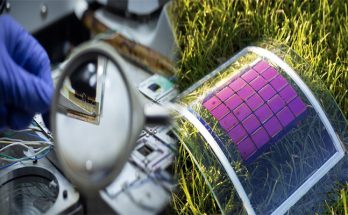Renewable energy sources have gained significant attention in recent years due to the growing concern over environmental sustainability. Solar energy, in particular, has emerged as a viable alternative to traditional fossil fuels. One of the key advancements in solar technology is the development of tandem solar cells, which offer enhanced efficiency and broader potential for applications in renewable energy.
Tandem solar cells, also known as multi-junction solar cells, are unique in their ability to combine multiple semiconductor materials with varying absorption properties. Unlike single-junction solar cells, which can only absorb a limited portion of the solar spectrum, tandem solar cells can utilize a larger range of wavelengths, thus enhancing overall efficiency. By stacking multiple layers of semiconductor materials, each optimized for a specific part of the solar spectrum, tandem solar cells can achieve higher power conversion efficiencies compared to traditional solar cells.
One of the most promising applications of tandem solar cells is in the field of photovoltaic electricity generation. These cells can be integrated into solar panels to capture sunlight and convert it into electrical energy. Tandem solar cells offer higher efficiencies compared to traditional solar cells, which means that more energy can be produced from the same amount of sunlight. This increased efficiency is especially beneficial in areas with limited space or low light conditions, as it allows for greater energy production in smaller installations.
Another exciting application of tandem solar cells lies in the field of solar-powered vehicles. As the demand for electric vehicles (EVs) continues to rise, the need for more efficient and lightweight solar cells becomes crucial. Tandem solar cells offer a solution by providing higher power conversion efficiencies and the potential for integration into vehicle roofs or other surfaces. This integration could allow EVs to harness solar energy and extend their range, reducing reliance on grid charging and promoting greener transportation.
The versatility of tandem solar cells also makes them suitable for use in portable electronic devices, such as smartphones and tablets. These devices rely heavily on battery power, and the ability to harness solar energy for charging can greatly improve their usability and reduce the need for grid energy. Tandem solar cells can be integrated into the design of these devices, providing a sustainable and renewable source of power.
Furthermore, tandem solar cells have the potential to revolutionize the field of building-integrated photovoltaics (BIPV). BIPV refers to the integration of solar cells into the construction materials of buildings, such as windows, walls, and roofs. By using tandem solar cells, buildings can generate electricity while maintaining their aesthetic appeal. The higher efficiency of tandem solar cells ensures that energy production is maximized, making BIPV a more viable option for sustainable construction.
Tandem solar cells offer numerous exciting applications in the field of renewable energy. From photovoltaic electricity generation to solar-powered vehicles and portable electronic devices, these advanced solar cells provide enhanced efficiency and broader potential for incorporating sustainable energy solutions. As research and development in tandem solar cell technology continue to progress, we can expect to see their widespread adoption, contributing to a greener and more sustainable future.





